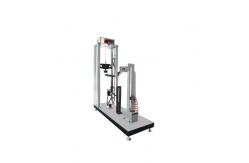EN Standard Bicycle Front Fork Backward Impact Tester AC220V 15A
|
EN Standard Bicycle Front Fork Backward Impact Tester
Test principles
A roller with a mass less than or equal to 1kg is mounted on the fork. The impact surface hardness of the roller is not less than 60HRC. A weight with a mass of 22.5kg ± 0.1kg is placed on the roller of the fork leg, which is equivalent to applying a force in the plane of the wheel to the direction of travel of the fork. A deflection measuring device is installed under the roller to record the position of the roller in the plane of the wheel, perpendicular to the direction of the fork riser axis and the vertical position of the fork. The deflection measuring device is removed and the weight is raised above the lightweight roller. It is then released so that it impacts on the roller in the direction of the front deflection. The weight drop height can be referred to the following table. The weight will bounce, which is normal. When the weight stops on the roller, measure the permanent deformation under the roller.
Note: Refer to ISO 4210-3:2014
Technical Parameters
|
|||||||||||||||||||||||||||||||||||||
| Product Tags: AC220V 15A Impact Tester Bicycle Front Fork Impact Tester EN Standard Impact Tester | |||||||||||||||||||||||||||||||||||||
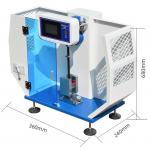
|
Cantilever Beam Impact Testing Machine ASTM D256-2010 |
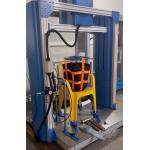
|
BIFMA Indoor Chair 136kg Seat Impact Testing Machine/Plastic Chair Drop Impact Durability Test Machine |
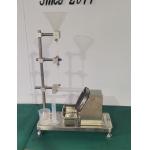
|
ASTM D4772 Fabric Surface Water Absorbency Tester with 28-32mm Tube Compatibility |
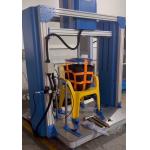
|
BIFMA 5.1 Impact Testing Machine Seat Impact Durability Tester Drop Impact Test for Plastic Chair Seat |
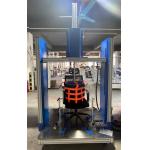
|
BIFMA 5.1 Office Chair Seat Impact Testing Machine Seat Impact Durability Tester/Drop Impact Test Machine |
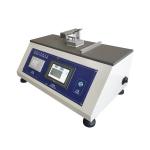
|
ASTMD1894 Plastic Film Coefficient Friction Testing Machine Coefficient Of Friction Tester |

